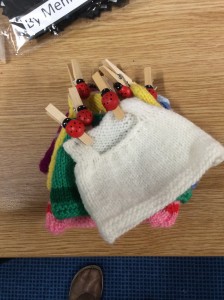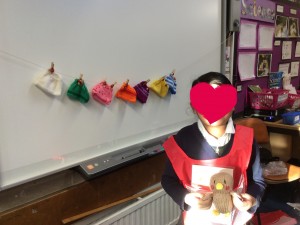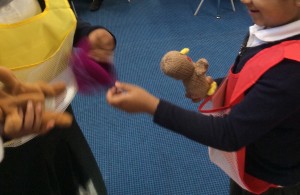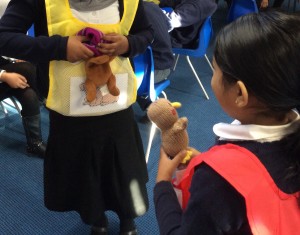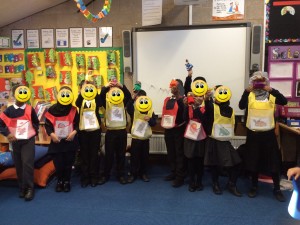Prompted by various requests for simple Spanish Christmas songs and my own desire to teach Y2 a song that didn’t involve too many words and too much ‘blending words together’ I decided to collate 10 possibilities (with thanks to LiPS for reminding me to do this!)
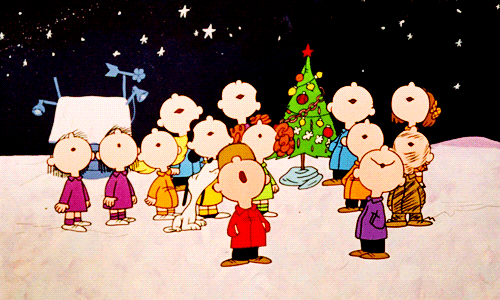
Mi burrito sabanero
I love this song and so did one of my Y3 classes last year who learned it and sang it in our ‘Christmas around the world’ LKS2 performance. It’s a Venezuelan song writtern by Hugo Blanco that was famously recorded by La Rondallita and then by Juanes and is all about the little donkey on his way to Bethlehem. Y3 particularly liked the ‘tuki tuki tuki’ part but enjoyed the repetition of the lines too which meant that they didn’t have too many words to learn.Here are the lyrics – https://www.letras.com/villancicos/1613730/

Vuela Vuela
This is a beautiful song that remembers the Christmas star that led to Bethlehem and talks of a wish for a world with no more war, hunger, poverty or loneliness, a peaceful world. Really simple and a lovely sentiment.
This version is great for little children as it has characters in it https://youtu.be/nymD4tp_emw but here’s an alternative.

Copo de nieve
This one isn’t strictly about Christmas but it’s a lovely song to sing at this time of year especially if you don’t want to have a ‘religious’ song. Would be lovely to use with Nursery or Reception and let them dance like snowflakes!

Soy un muñeco de nieve
Another one for the very littlest – and a great one if you’re not allowed to sing at the moment! More of a rhyme spoken to music, children can join in by pointing to themselves as if they are the snowman showing his buttons, mouth, nose and so on.

A las doce de la noche
This song talks of the midnight when the baby Jesus was born. The cockerels all sing and wake the singer to announce the birth of Jesus. The singer takes Mary some pears as a gift and declares that he loves the baby. A sweet little song with a good rhythm.

En Navidad turrón y mazapán
Another song with a great rhythm is En Navidad turrón y mazapán. This one is good as the lyrics are clear and repeated twice with rests at the end of each line which makes it clearer than in some villancicos where one sentence ends and another starts! This is obviously a very popular song for performance as there are multiple videos on Youtube of little ones dressed as Christmas trees and mini Santas singing it! I like the version below as it has widgets or pictogramas to explain the meaning but if you’d prefer a version without them, here’s one (fast forward to 1:27 to avoid the chatting!) https://youtu.be/hymnI_DKOnk

Cascabel
Spanish version of Jingle Bells. I particularly like this version as it has an echo section in the middle where the chorus is sung line by line with spaces to echo it back. This allows those who can’t recall all the words or struggle to fit them in to concentrate on just one line at a time.

Dulce Navidad
An alternative version of Jingle Bells in Spanish which replaces Jingle Bells with Sweet Christmas. This version is repeats the chorus and verse twice before there’s a final verse about Santa Claus being old and confused and delivering last year’s presents including chewed chewing gum and a punctured football!
[The more widely known version of this is Navidad Navidad hoy es Navidad; this however has three verses with lots of words. It’s here though if you’d like it https://youtu.be/Z0qYQSvGSdw]

La Marimorena
This one is a more traditional Christmas song. As you can see from here https://www.mamalisa.com/?t=es&p=4198 there are many verses and alternative verses but the chorus is lively and simple to join in with. I love the flamenco clapping – it makes me want to dance! The version below is long but gives lots of opportunities to sing the chorus and has ‘sing with the colour’ lyrics! You could split into groups and each take a verse – one way of getting around ‘don’t sing altogether’ if that’s the rule in your school! This version is shorter and has people singing but no lyrics on the screen. https://youtu.be/CSaoK1Aceb0

¡Feliz Navidad!
I couldn’t leave this one out! Very very simple – but it’ll get stuck in your head and may drive you slightly loco! This version is animated but if you’re a fan of Michael Bublé here’s the one for you 😉 https://youtu.be/J4DQC-M9O5c (that song starts after 44 seconds)

And one more bonus!
Decoremos el árbol de Navidad
Perhaps not to sing but this is a cute song for tidying up at this time of year with the repeated ‘Fa la la la la, la la la la’
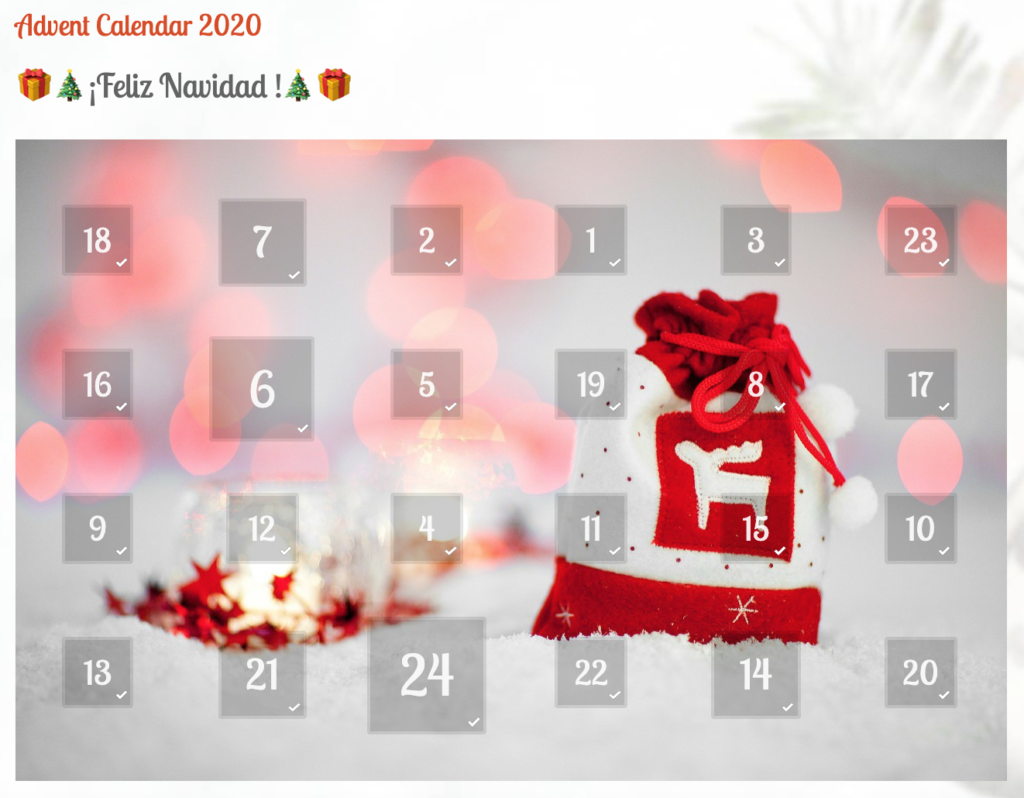

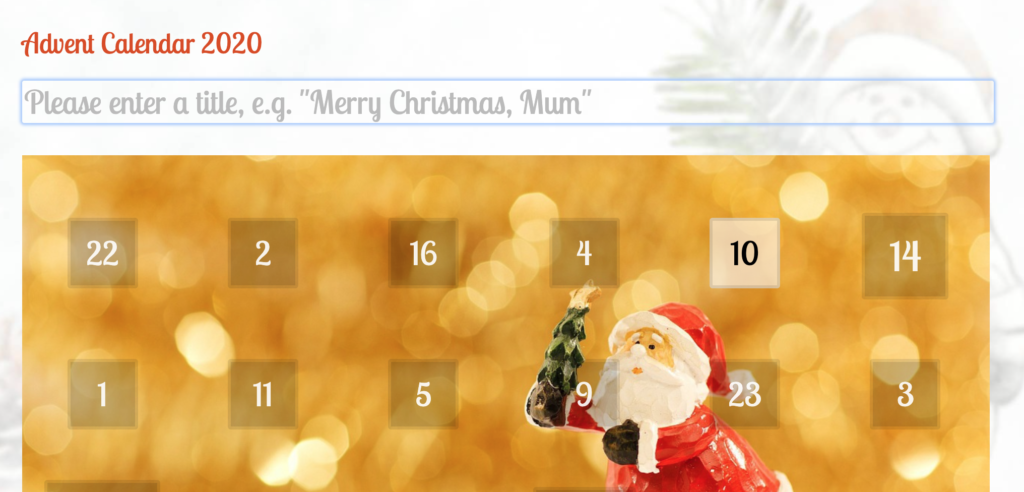



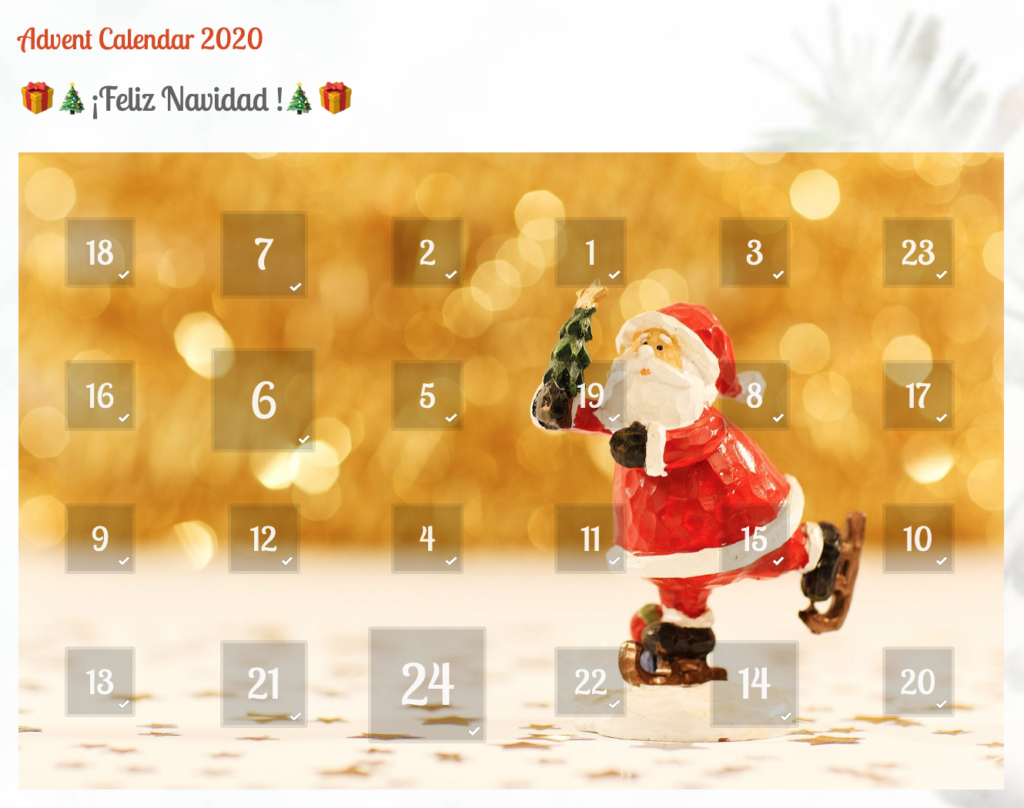
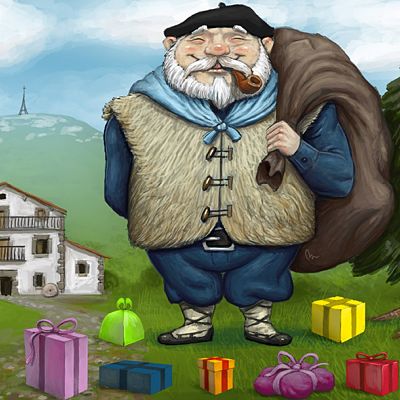

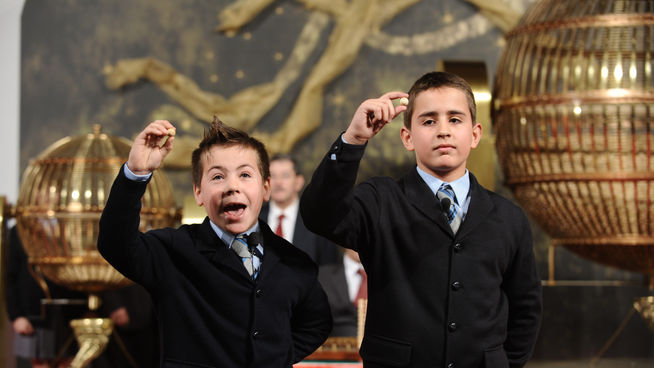 For many, Christmas in Spain really starts today with El Gordo, the special lottery draw.
For many, Christmas in Spain really starts today with El Gordo, the special lottery draw.

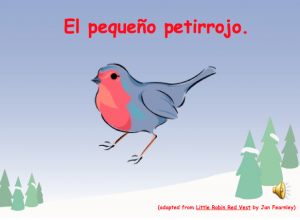
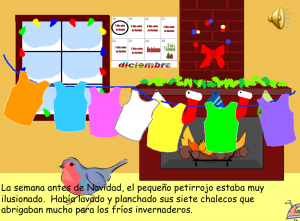 A few years after I started telling the story, I made a Powerpoint with animations and sound files. I was helped at the time by the lovely Bev Evans who shared one of her many talents by making me the coloured vests clipart. She sadly died this year so this Christmas it was particularly poignant as I opened the file and started telling the story.
A few years after I started telling the story, I made a Powerpoint with animations and sound files. I was helped at the time by the lovely Bev Evans who shared one of her many talents by making me the coloured vests clipart. She sadly died this year so this Christmas it was particularly poignant as I opened the file and started telling the story.